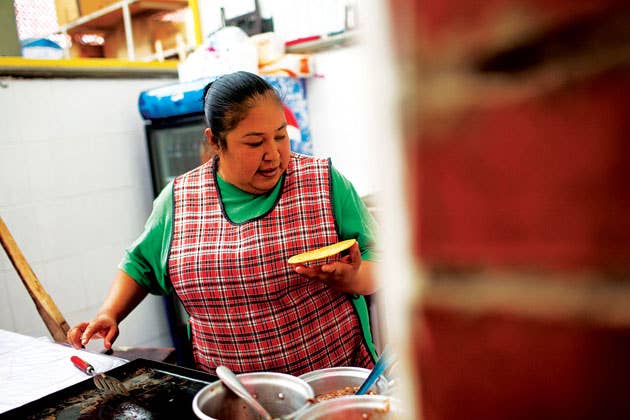
Eating in Mexico: The Lay of the Land
For all its complexity, Mexican food is primordial—it speaks on a gut level. It's no wonder: Carried in its DNA are the slow-simmered flavors of the indigenous kitchen, which was little more than a fire pit, earthenware pots, and a clay griddle. Grounded as Mexican cooking is, it's also bright and transparent, having adapted all kinds of imported foods to its palette of beans, chiles, tomatoes, and corn. From the Spaniards came grilled meats; lime and cilantro were brought on galleons in the 16th century; breads like bolillo, the Mexican sandwich roll, are the legacy of the French, who came in the 1860s. Mexicans welcomed these new tastes. They melded them with their native flavors to create something new. I love the way these foods are so expressive of the specific geography, climate, and culture in which they were born. That regional distinctiveness can be astonishing to Americans who only know the food that's served in Stateside Mexican restaurants. In fact, what cooks are making in Baja California is worlds apart from what folks are eating in the Yucatan or in Oaxaca. As a chef and devotee of the Mexican kitchen, I've spent nearly four decades immersed in these cuisines, and there is one thing I've learned for certain: A lifetime is not long enough to taste it all.
Rick Bayless is the chef-owner of Chicago's Topolobampo and Frontera Grill and author of Fiesta at Rick's (W.W. Norton & Company, 2010)
Keep Reading
Continue to Next Story










